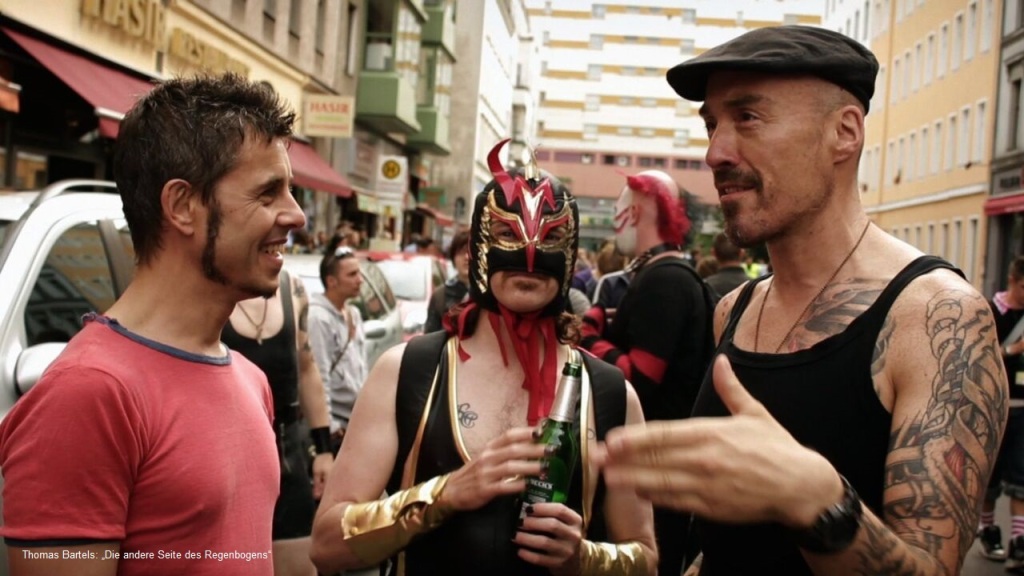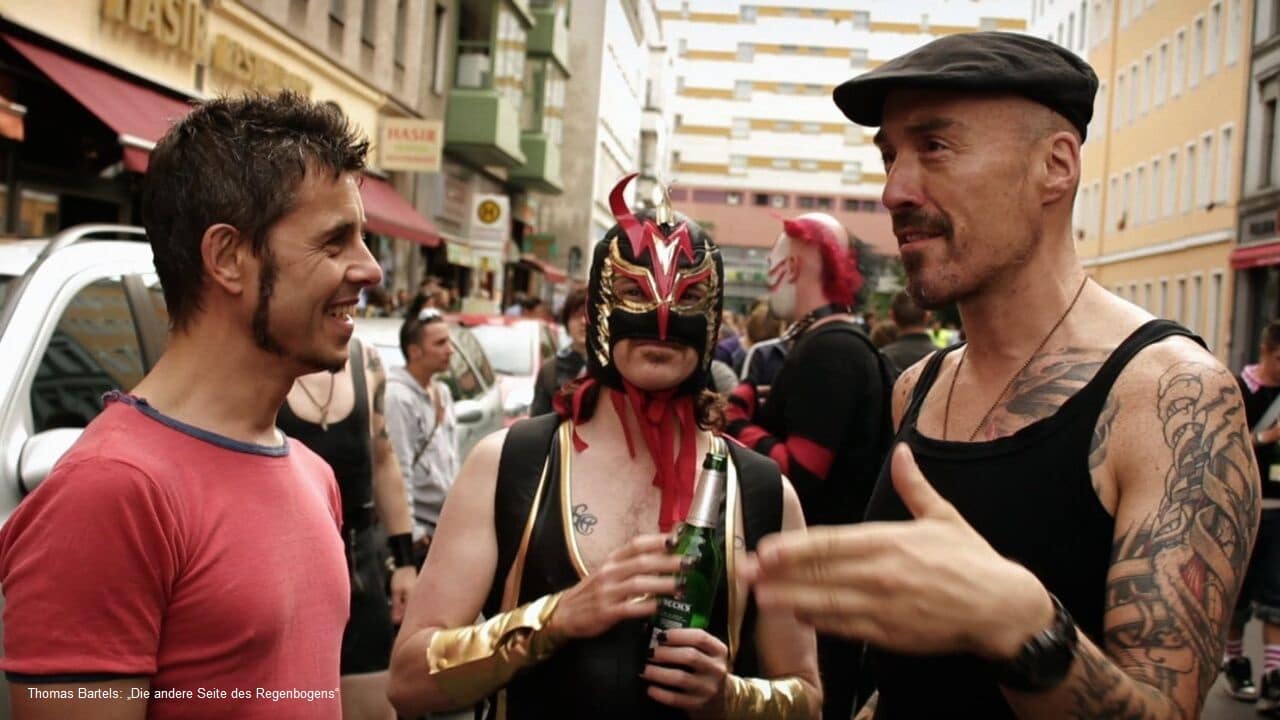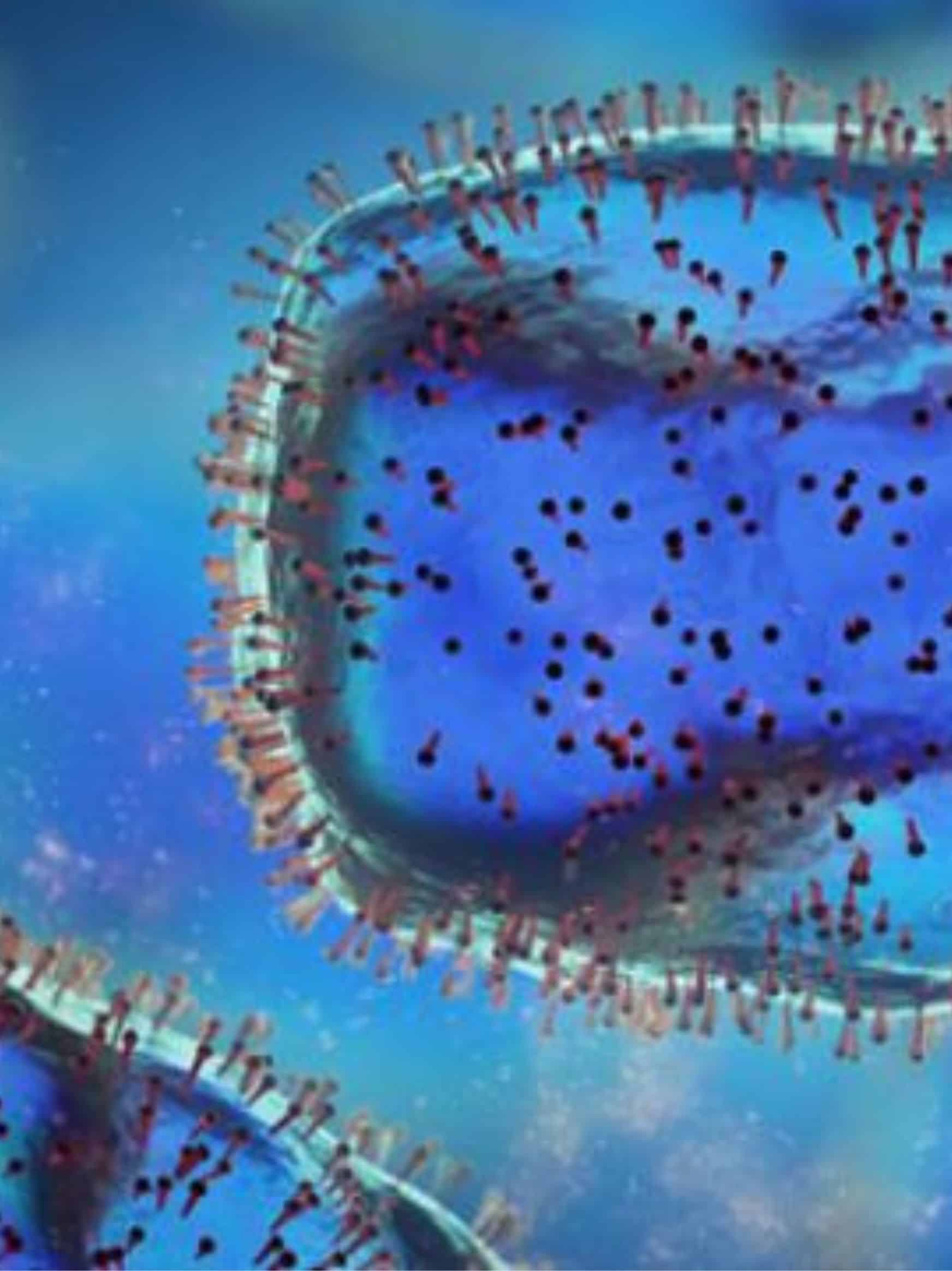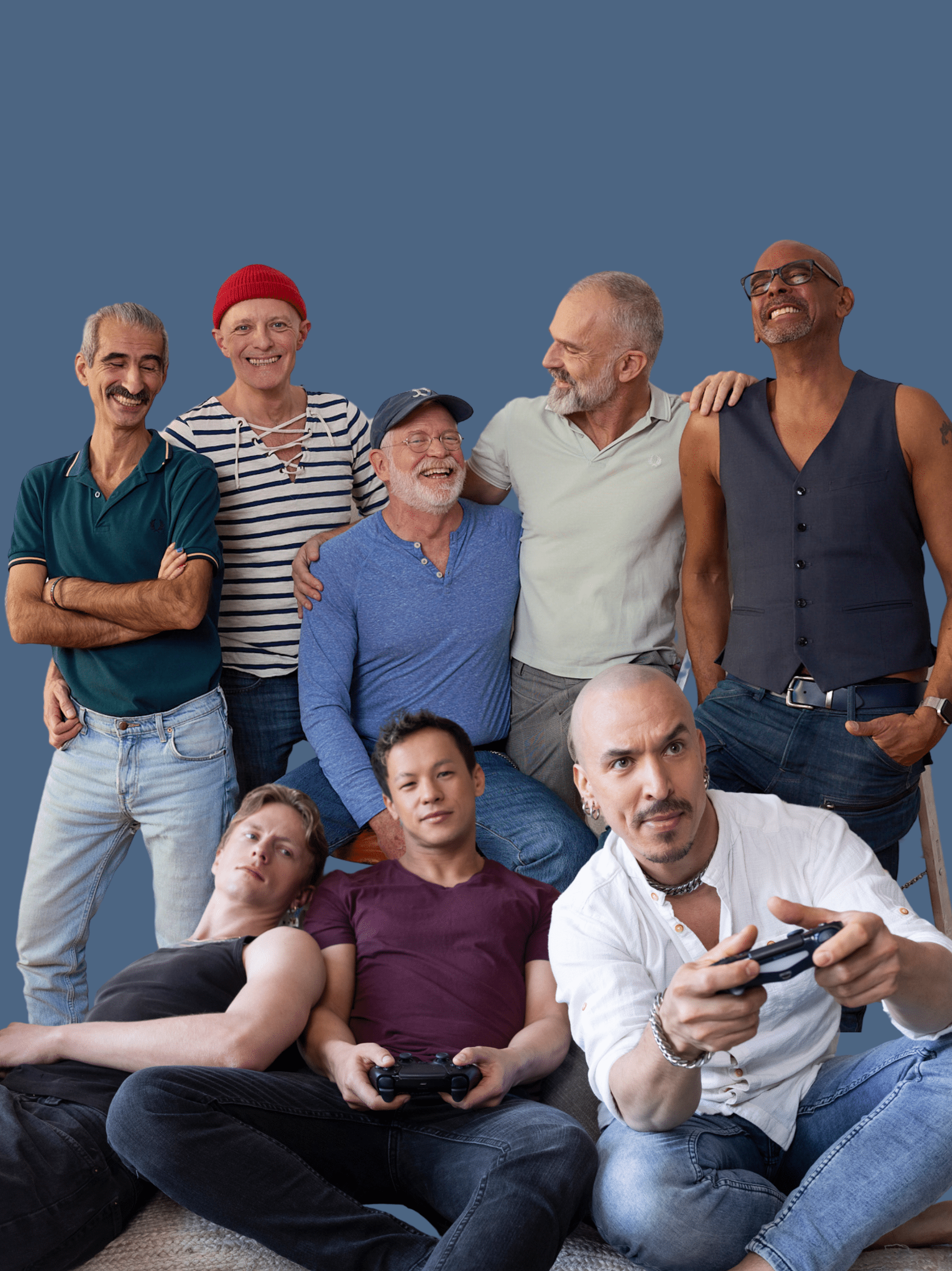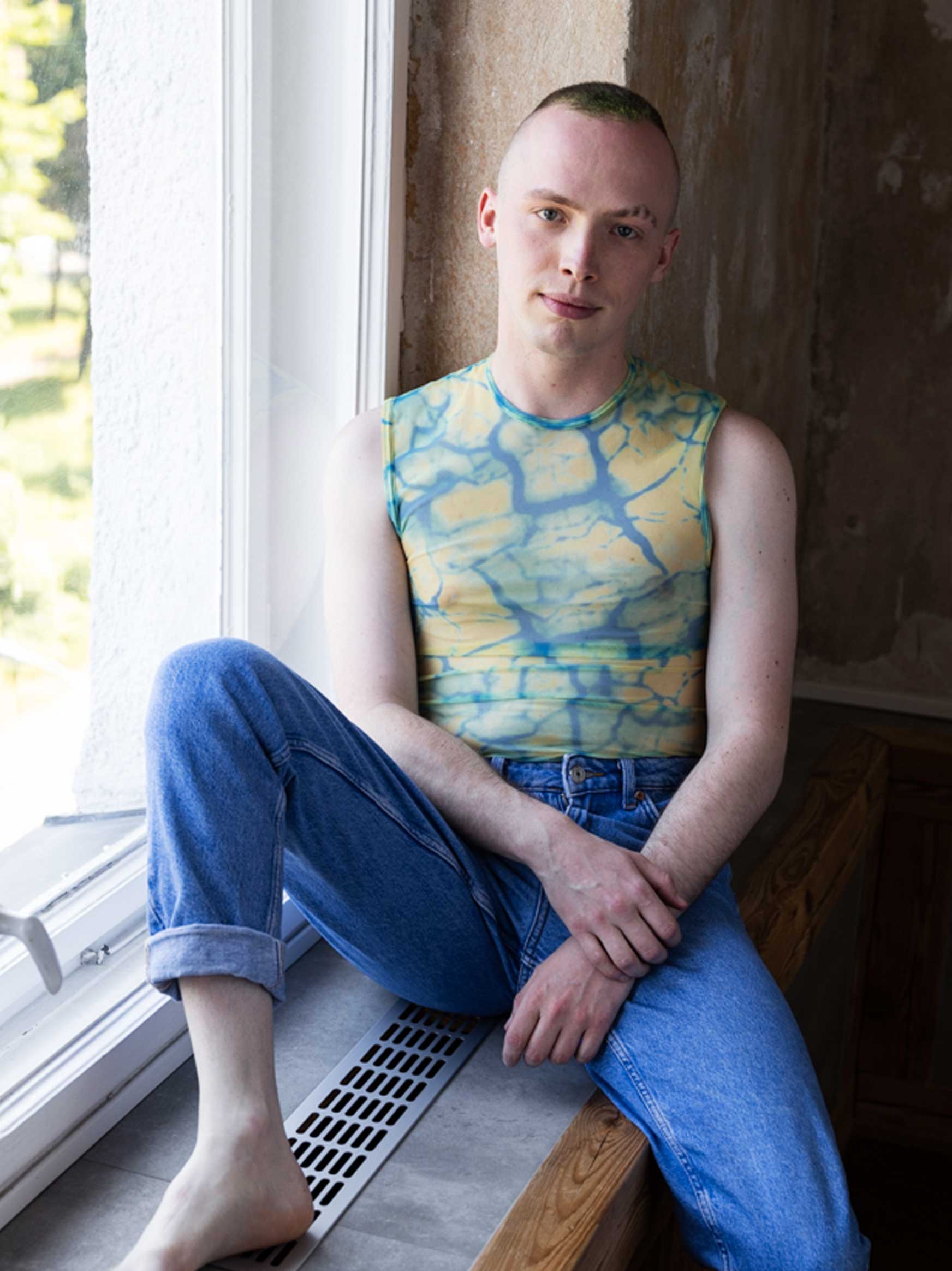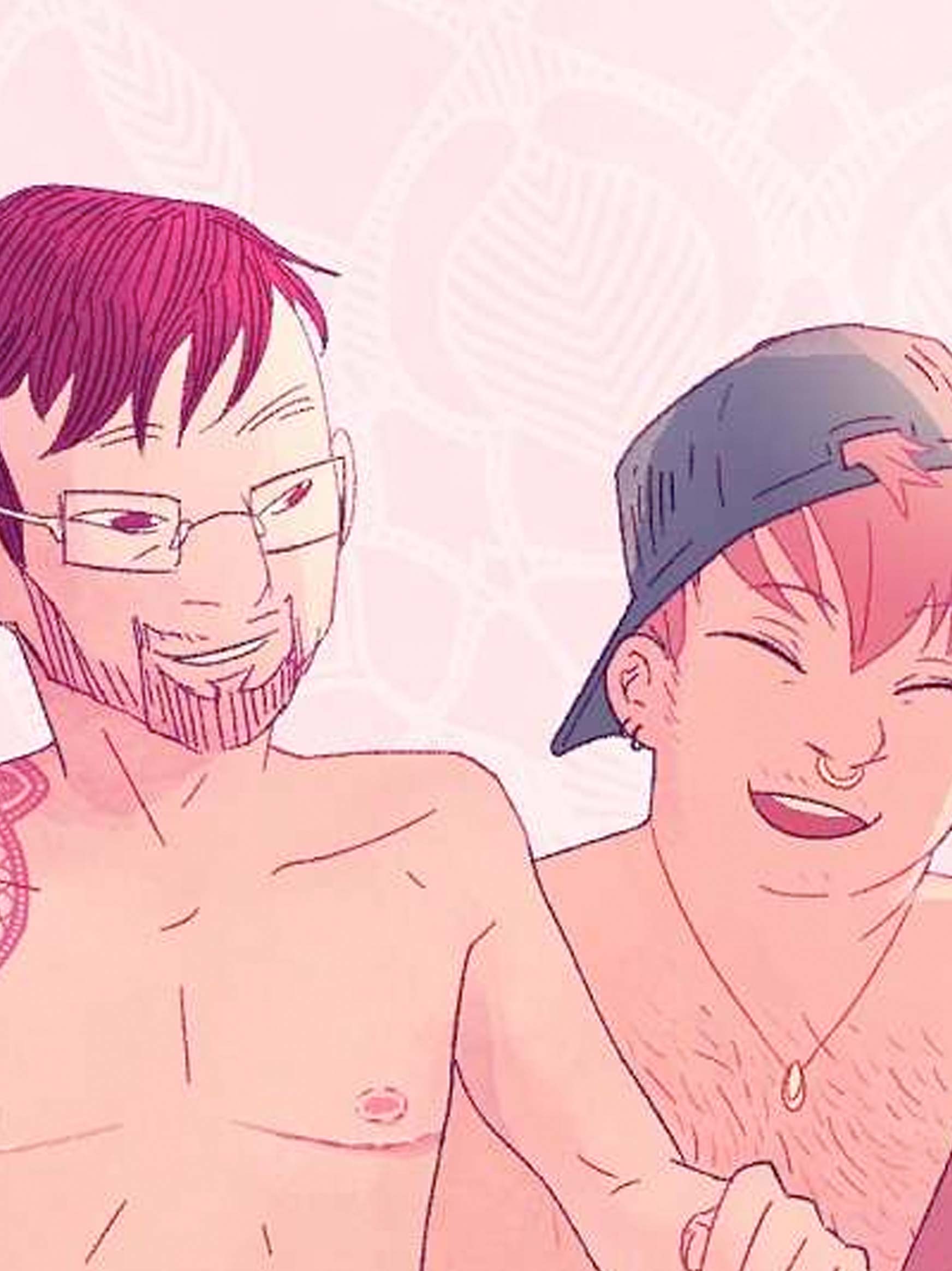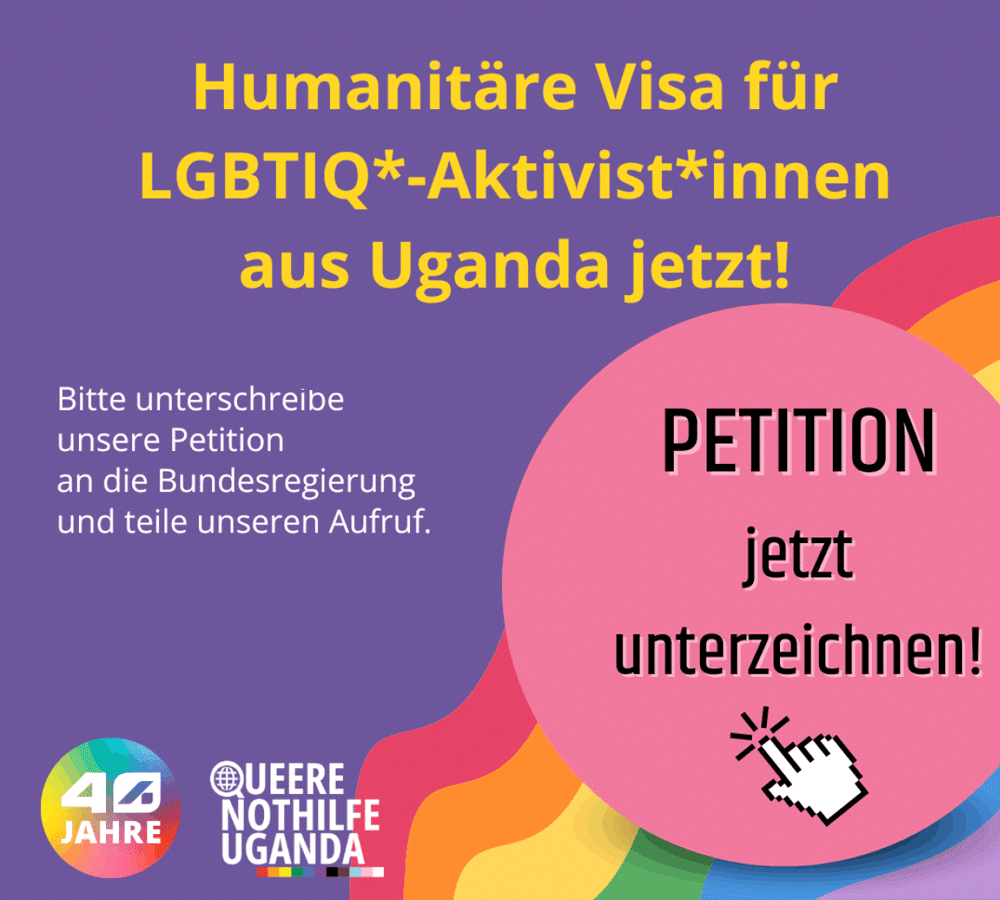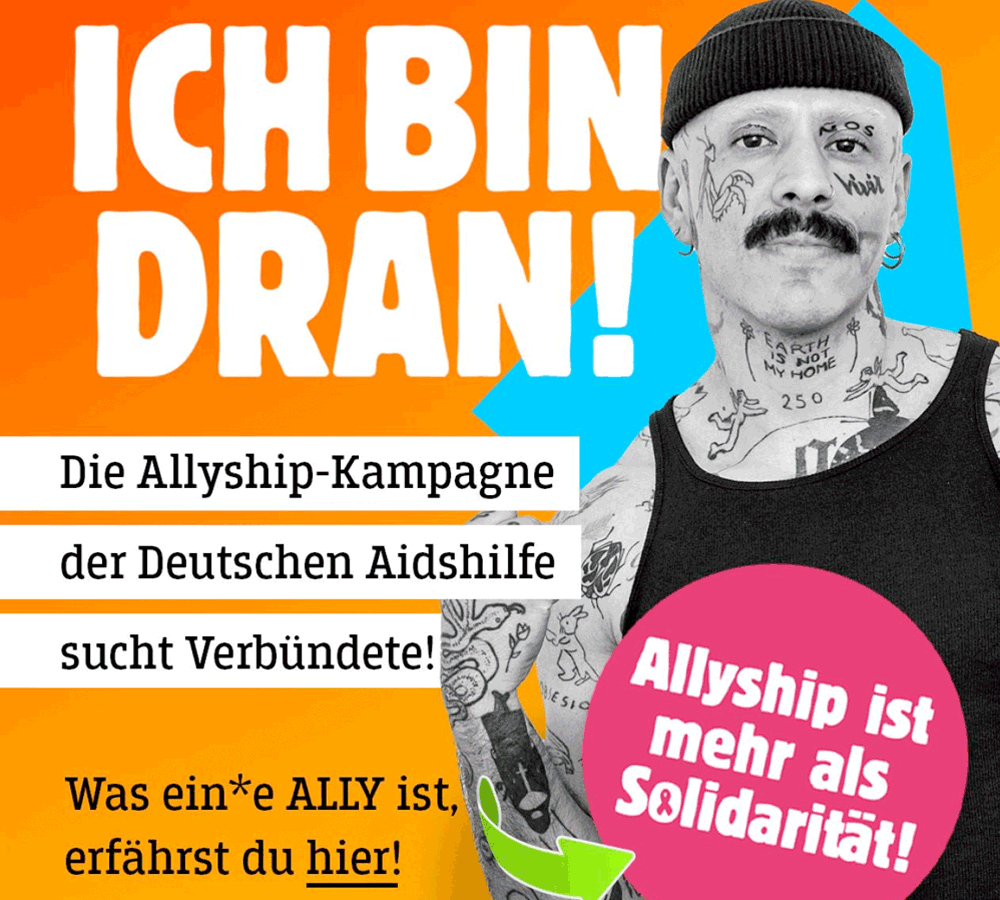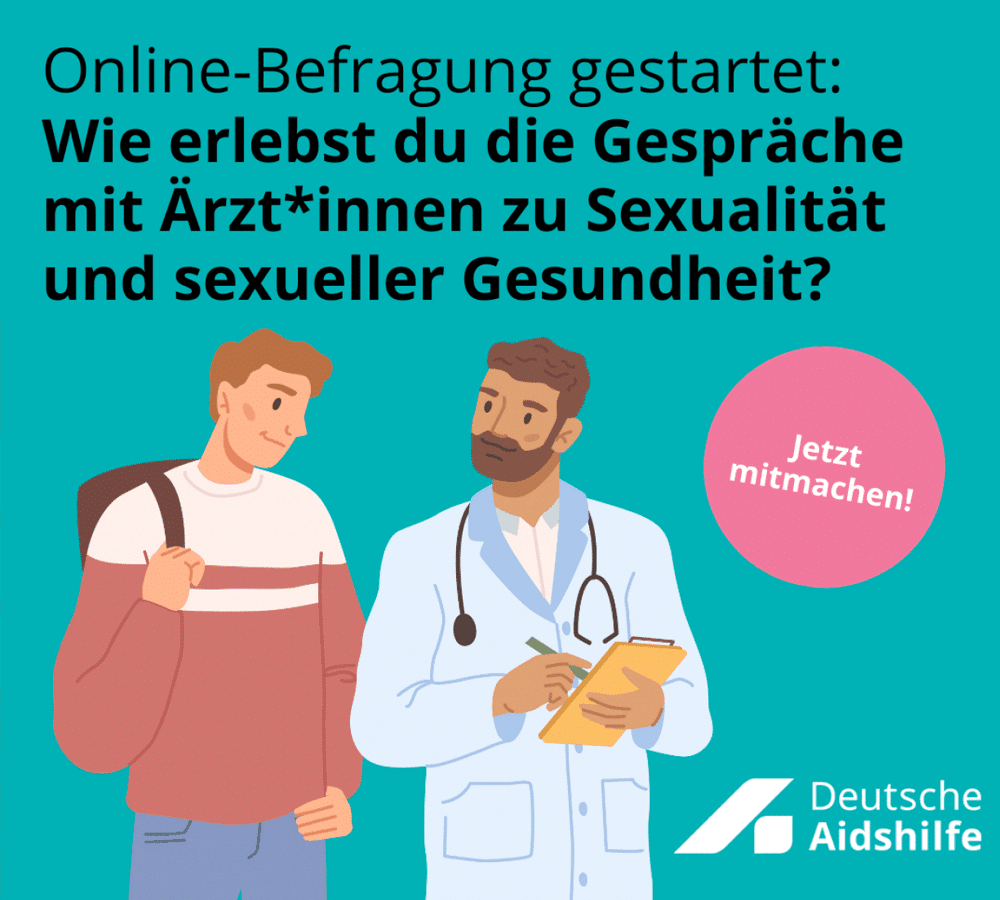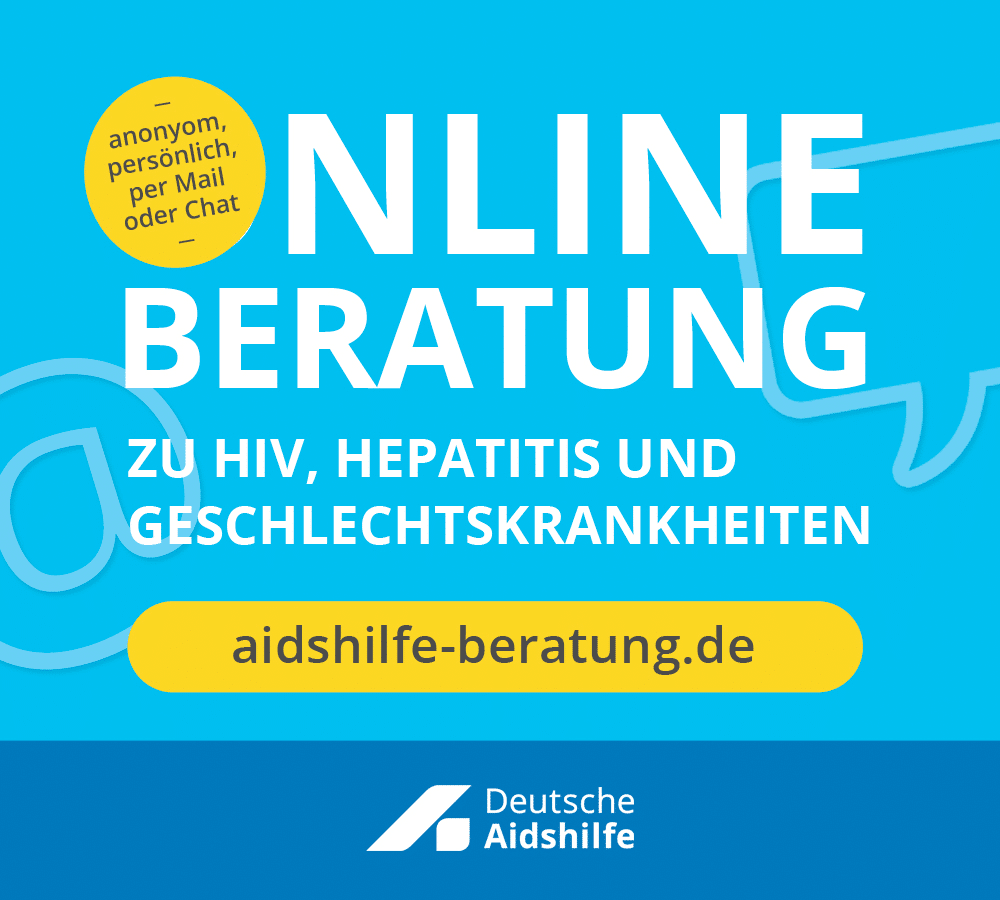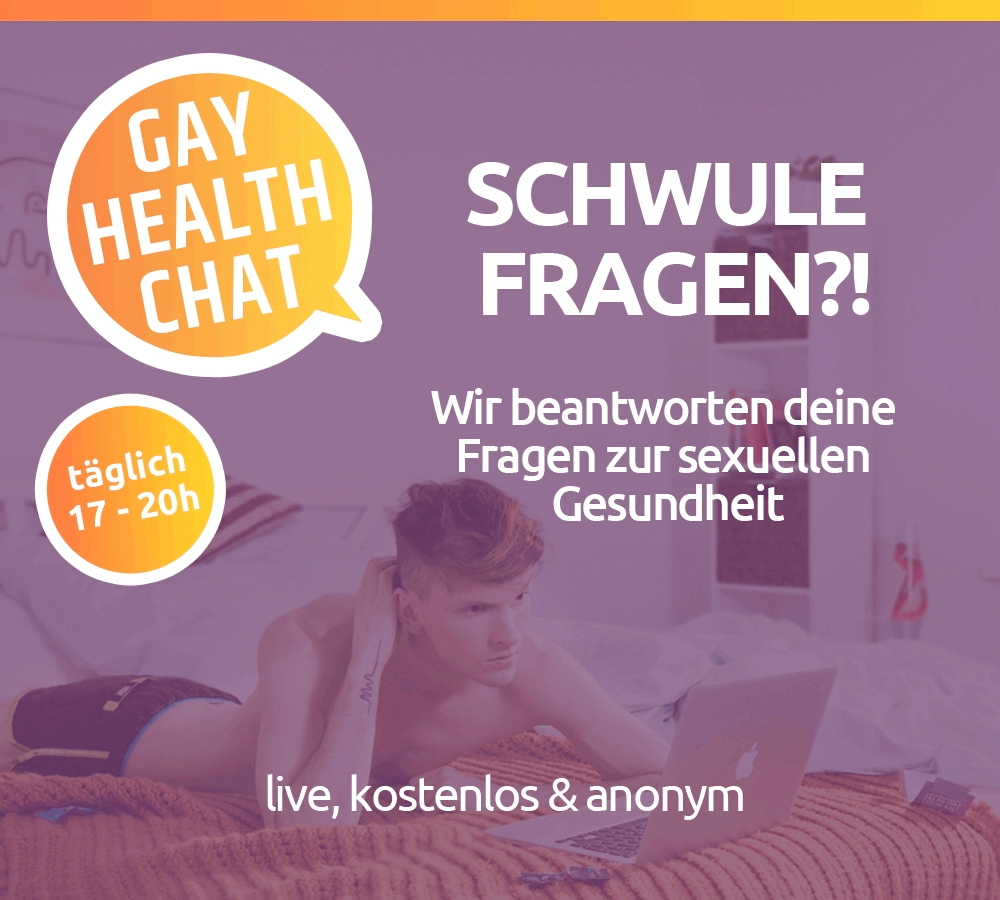Thomas Bartel's documentary provides intimate and exciting insights into the lives of gays, lesbians and trans* in Berlin.
"They're crazy, the Berliners" is what some people in the rest of the country thought when the capital's community got into a row over Christopher Street Day a few years ago. From then on, people had to choose between two parallel demonstrations parading through the city: the big party march with hundreds of thousands of participants and the smaller transgender CSD in Kreuzberg.
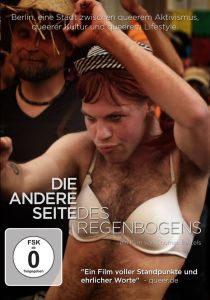
This fierce conflict was sometimes difficult to understand, and not just for outsiders. In Thomas Bartels' documentary "The other side of the rainbow", which was completed in 2014, the most important arguments are presented once again and the commercialisation of the protest, racism and philistinism, even within their own ranks, are railed against.
Queer lifestyles
The two CSDs are the focal point of this film again and again; organisers have their say, as does the now departed mayor Klaus Wowereit. Fortunately, Thomas Bartels is not interested in documenting the disputes and associated debates surrounding the CSDs. Instead, he portrays a handful of demonstration participants who feel that their own queer lifestyles are not represented by the big mass parade.
There's punk and tattoo-loving music journalist Nico, for example, who fears nothing more than that insider underground parties will be discovered by the masses and thus robbed of their special appeal. And who is annoyed by the fact that some gays merely dress up as punk in the hope of "getting fucked more often".
Even a desire to have children
Isabelle, on the other hand, does not want to define herself as either heterosexual or homosexual, but wants to love whoever her heart desires. Categorisations are alien to her. The fact that she falls in love with a woman over the course of the two years of filming, moves in with her and finally even develops a desire to have children is perhaps the most surprising thing about her.
Jayrôme also becomes an eyewitness to a drastic change and development during the long filming period: a lesbian woman who tries her hand at drag performances, struggles with her identity and finally, as a trans* man, takes the freedom to wear a dress and pearl necklace from time to time.
Done in the short term
And then there's Mark, who feels more at home in alternative venues than in Schöneberg's gay bars. And he has to struggle with partial paralysis due to an illness, but faces this handicap with astonishing aplomb and clarity. He deals with his positive HIV status with the same clarity. He was surprised by the test result because, he was sure, "I had always been careful". For a while, he went to discussion groups with other HIV-positive people. "But that was over for me in the short term," says Mark. Everything was always just about HIV and that was too one-sided for him. "You shouldn't make HIV the centre of your life." "It's a circumstance you have to live with," says Mark. Nothing more.
Comprehensible and charmingly witty
"The other side of the rainbow" is inhabited by non-conformist, self-confident, but also very likeable people due to their very upright and clear attitude. People who don't give a toss about homo- or heteronormativity and who know how to formulate their points of view in a clever, comprehensible and sometimes charmingly witty way.
Thomas Bartel's documentary also impresses with its very coherent editing and extremely professional camera work. It is therefore all the more regrettable that "The Other Side of the Rainbow" was only shown in a few selected cinemas last year. Fortunately, the film, which is well worth seeing and recommending, is now also available on DVD.
"The other side of the rainbow". With Jâyrome C., Nico, Isabelle, Mark as well as Michael Bochow, Markus Behrens, Ruth Luschnat, Robert Kastl and others. 86 min. www.other-side-of-the-rainbow.com
